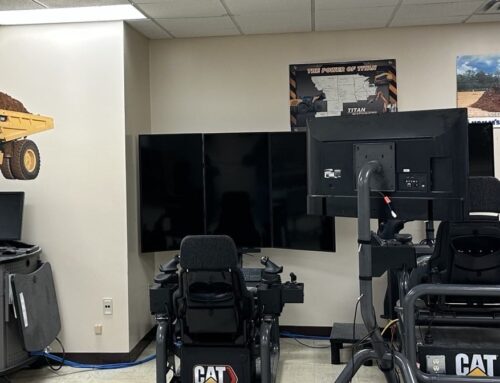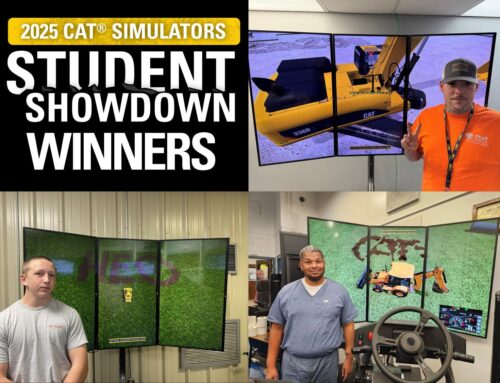Why do pilots and physicians train with simulations? Because they can learn better and faster. Pilots were some of the first to use simulators—including the military. Pilots can train in the safety of a virtual environment and never put passengers at risk while learning how to use instruments and navigate the sky. Now doctors and nurses train with simulation—from how to use devices and surgical equipment, to practicing on patient mannequins.
Practice. Simulation works better for training than traditional methods because learners can practice complex processes and explore procedures as many times as needed to master. Learners conduct work just as they would in the real world. They can practice to better understand the steps and processes and create a brain map to retain the knowledge.
Problem solving. During simulation, learners must think through the material presented, follow instructions and make decisions that will lead to a positive outcome. Learners solve problems along the way.
Engagement. Learners are more engaged with hands-on learning. Conversations and discussions among participants help them learn from each other. They can share what worked and what didn’t, creating engagement outside of the simulation as well as individual engagement within the simulation.

Feedback. Learners receive feedback in real time as well as through assessments. Instructors can stop the simulation and teach in the moment.
Training time can be cut down with simulations because learners can get to proficiency faster. In one example, the Air Force was able to redesign a training course with simulation and VR and graduate pilots 6 weeks earlier than the traditional pilot training program. They also saved $60,000 per student compared to the traditional course.1
The heavy equipment industry has a need for a skilled workforce. As operators retire and new operators enter the work world, the need for faster and better training is apparent. Organizations can cut training time and get operators to proficiency faster with simulation and VR. Learn how to integrate simulations into your training program by working with the experienced team at Cat® Simulators. Contact us for a demo or more information.
1. Bolinger, J., Oct 17, 2019. Retrieved from https://www.stripes.com/news/us/virtual-reality-heavy-course-speeds-up-air-force-helicopter-pilot-training-by-six-weeks-1.603374





